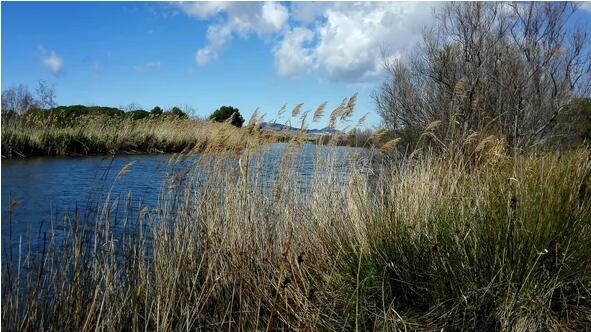This is Scientific American's 60-second Science, I'm Annie Sneed.
The first plants to come up with ways to live on land accomplished that feat some 580 million years ago. But how did they make the jump from water to terra firma? Looks like they might have had help—from bacteria.
To better understand the evolution of land plants, researchers looked at the DNA of two species of algae. Why algae? Well, because land plants evolved from this green goo. For their study, the team focused on a group of algae known to be the closest living relatives of land plants. The scientists compared the genomes of the two algae species to both land plants and other types of algae. The goal: to locate any important genetic similarities.
And the researchers actually discovered some significant matches between both of the two algae species and land plants—for example, a gene family called GRAS.
"And we were curious where that particular family came from, because it had already been studied before and was known to be important in handling desiccation, or dry conditions."

Gane Wong, a professor in biological sciences at the University of Alberta, one of the study leaders.
"So when we looked across, we searched for similar genes in all species—every known species that's ever been sequenced. And the only place that they were found, beyond algae and land plants, were bacteria—and in particular, soil bacteria. So that's one of the key points to suggest that it was transferred from bacteria."
The study was published in the journal Cell.
The thinking is that hundreds of millions of years ago, certain algae lived in freshwater that occasionally dried up. The algae then found a new home in the mud, which was also home to soil bacteria. And some of the bacterial DNA found its way into the algae, where it took up residence in the algal genome. In this way, the transfer of genes like GRAS, which helps in handling dry conditions, probably played a critical role in allowing plants to survive on land.
So unless the only plants you eat are seaweed, thank some bacteria for providing plants with a foothold on the earth.
Thanks for listening for Scientific American — 60-Second Science. I'm Annie Sneed.













